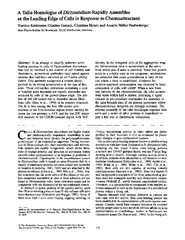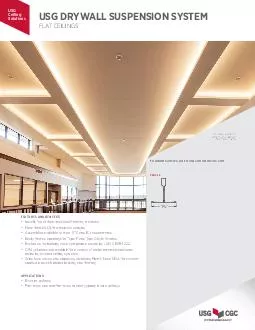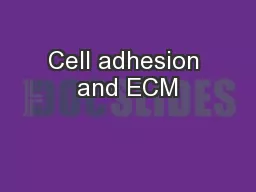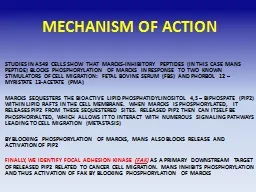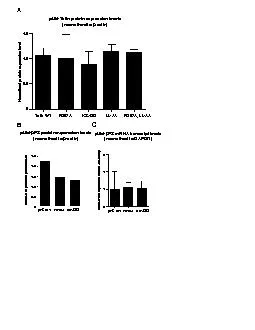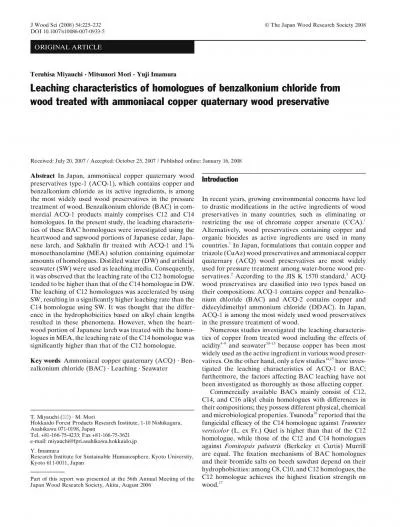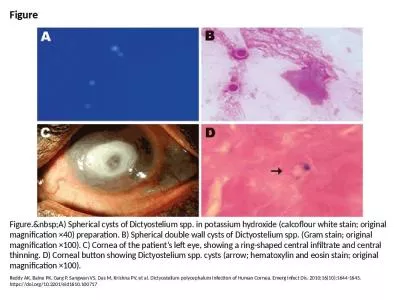PDF-A Talin Homologue of Dictyostelium Rapidly Assembles a
Author : faustina-dinatale | Published Date : 2015-05-01
In an attempt to identify unknown actin binding proteins in cells of Dictyostelium discoideum that may be involved in the control of cell motility and chemotaxis
Presentation Embed Code
Download Presentation
Download Presentation The PPT/PDF document "A Talin Homologue of Dictyostelium Rapid..." is the property of its rightful owner. Permission is granted to download and print the materials on this website for personal, non-commercial use only, and to display it on your personal computer provided you do not modify the materials and that you retain all copyright notices contained in the materials. By downloading content from our website, you accept the terms of this agreement.
A Talin Homologue of Dictyostelium Rapidly Assembles a: Transcript
Download Rules Of Document
"A Talin Homologue of Dictyostelium Rapidly Assembles a"The content belongs to its owner. You may download and print it for personal use, without modification, and keep all copyright notices. By downloading, you agree to these terms.
Related Documents

